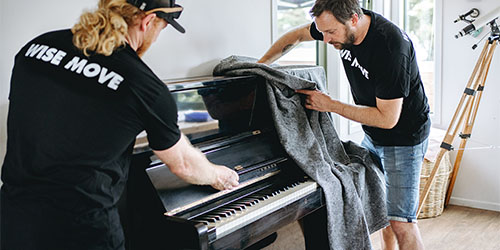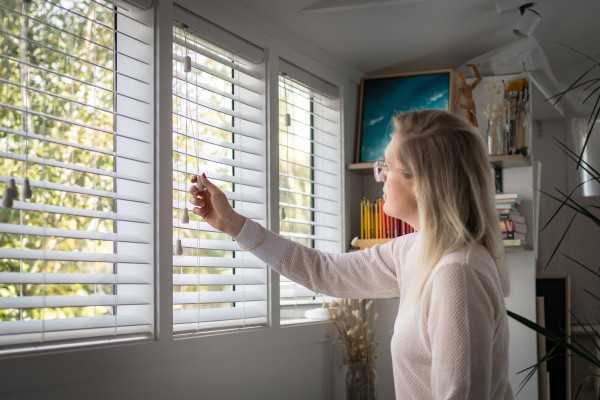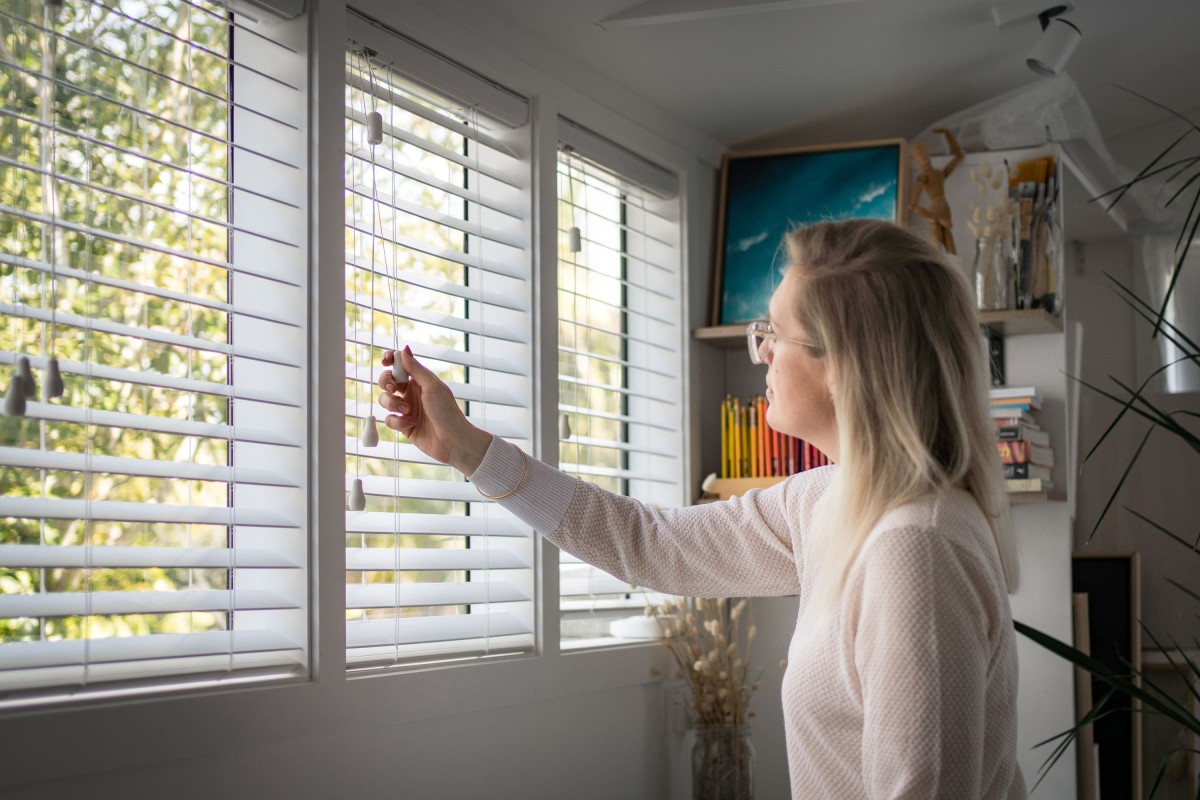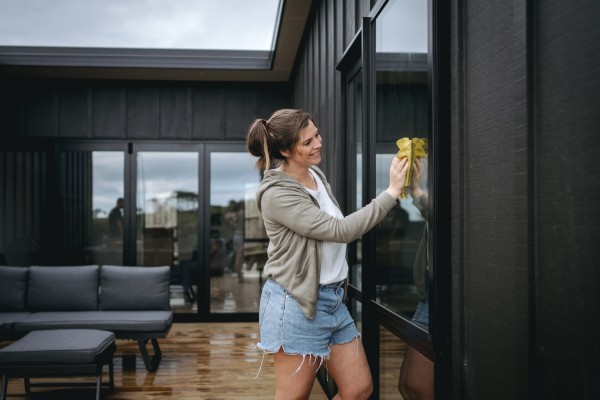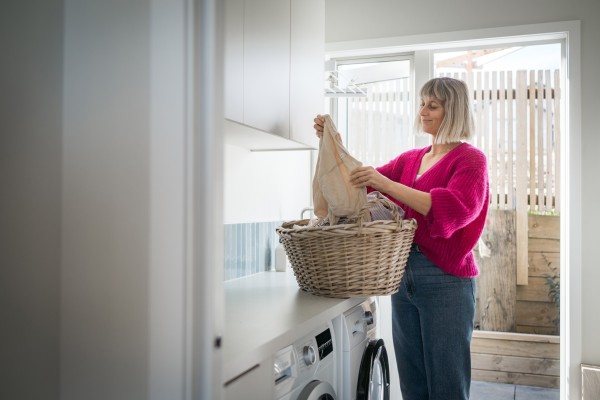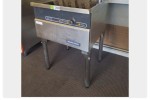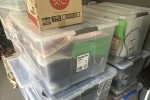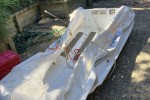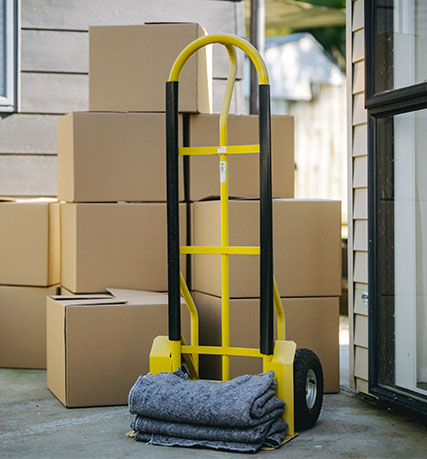How to reduce condensation in your New Zealand home or rental
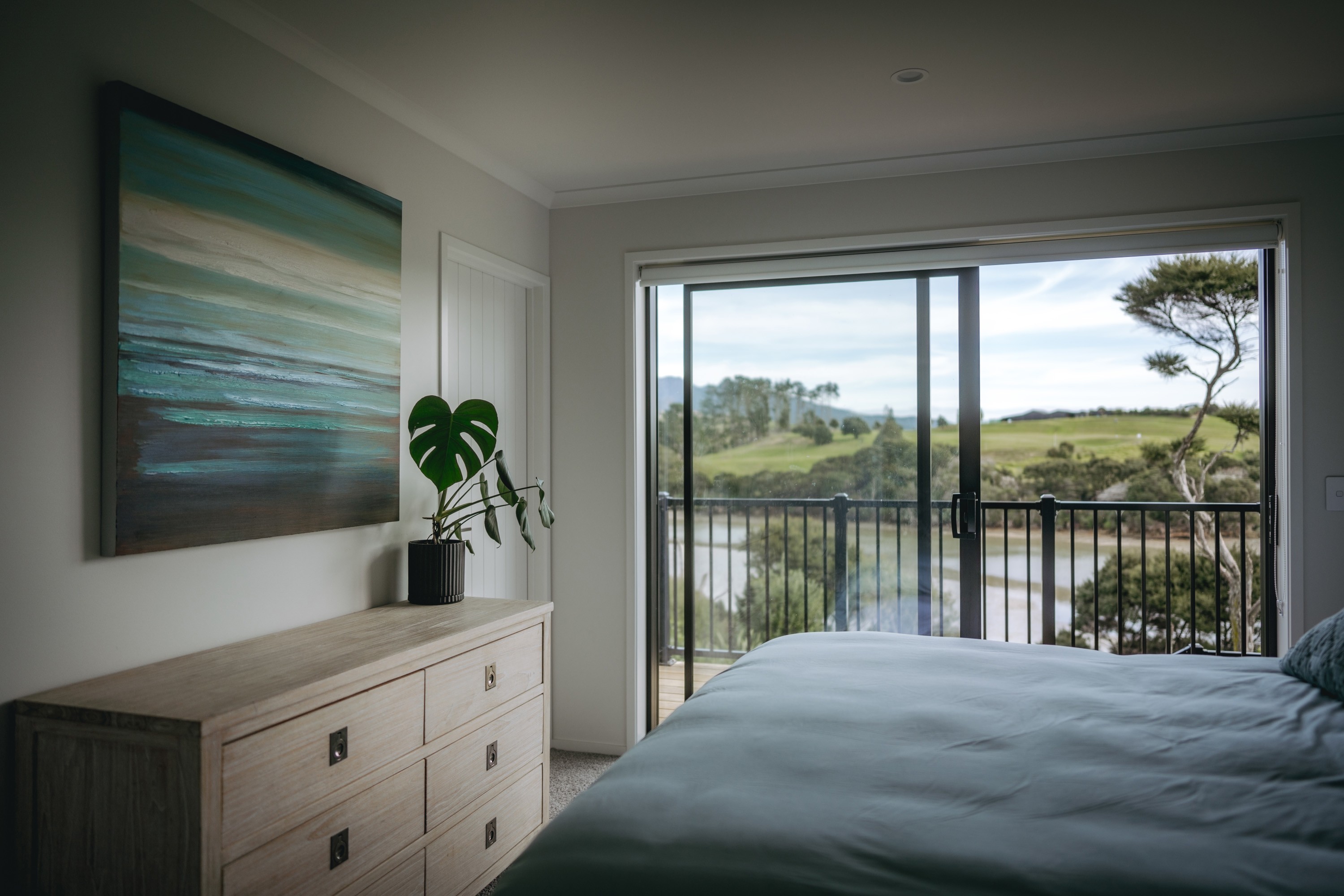
It’s winter in New Zealand, which generally means one thing; condensation. Weeping windows are unfortunately, a standard part of life regardless of whether you own your home or rent. However, just because it’s winter doesn’t mean you don’t have to put up with damp windows. Finding a warm, dry home, especially as a renter, isn’t easy, but it’s one of the best things you can do for your health. These tips can help you reduce the amount of condensation indoors and lead to a warmer, dryer home.
How does condensation form?
If you don’t know, here’s a quick refresher on how condensation forms and why it’s such a problem in New Zealand. Condensation results from water warming, evaporating and turning back into liquid once it comes into contact with a cold surface.
When the temperature drops, the warm air inside your house touches the cool surfaces of the glass. As a result, the water vapour in the air, which the cooled air can no longer hold, collects and forms droplets on the glass. You’ll notice condensation on windows and sliding glass doors at night and in the morning when the air is the coldest.
Why does condensation matter?
Condensation is a sign that you have too much moisture in your home. Too much humidity combined with cold internal temperatures (which most New Zealand homes have) leads to moisture. Condensation matters because moisture can cause big problems in your home. It:
-
Makes your home harder to heat
-
Makes your home feel cold and damp
-
Can cause mould to grow inside
-
Leads to health problems long-term
While you may not be able to eliminate condensation altogether without upgrading your windows and doors, you can reduce the amount of moisture your household releases into your home. Here are some tips for reducing condensation in your home or rental.
How to reduce condensation in the kitchen
Cooking food and boiling water releases a lot of moisture into the air — around 3 litres every day. Washing the dishes by hand releases around 1 litre of water. While you are cooking make sure you:
-
Turn on your extractor fan: To be effective, your range hood should be larger than your stove or the surface its venting. Make sure your range also vents directly outside and not into the roof. Otherwise, all the moisture is simply going back into your house. If you are a homeowner, you’ll have to check this yourself. It could be worth upgrading your rangehood if it’s too small or doesn’t work very well. If you’re a renter, your landlord is responsible for providing adequate ventilation in the kitchen. This is now part of the Healthy Home rules that are enforceable by law.
-
Clean your extractor fan panels: Most modern extractor fans have removable panels. Make sure you clean these every few months. Grease and food particles accumulate here and can reduce the fan's performance.
-
Cover your pot lids: If you’re boiling water or cooking in a pot, keep the lid on your pot. This will not only help the water boil faster but reduce the amount of steam released into the air. You’ll help lower your power bills and reduce condensation in the air.
How to reduce condensation in the laundry
If we told you that the laundry contributes the most humidity to a home, would you believe us? Doing a load of laundry releases around 5 litres of water into the home if your dryer isn’t vented. Here’s how to reduce moisture from doing the laundry:
-
Don’t dry your clothes indoors: Use an outdoor clothing line or a dryer that is vented to the outdoors. If you place clothing on a rack in your lounge, the moisture evaporates from your clothes and into the air. This can make your home feel damp and makes it harder to heat, contributing to higher electricity bills.
-
Spin rather than dry: Place your clothing on an extra spin cycle to get more water out of your clothing. This will help speed up the drying process.
How to reduce condensation in the bathroom
Ever noticed how quickly your bathroom fills with steam when you take an extra hot shower? Showers and, to a lesser extent, baths release around 1.5 litres of moisture into the air per person! Here’s how to reduce weeping bathroom walls:
-
Turn the fan on: This is a no-brainer, but always turn the fan on when you take a shower. You can also leave it on once you’ve left the bathroom. This will help extract the lingering steam. You can also open a window and the bathroom door until all the steam is gone. Like the kitchen, landlords are responsible for providing you with adequate ventilation in the bathroom if you’re a renter. Clean your fan every six months as this will help maintain its performance.
-
Get a shower dome: If you’re a homeowner, look into whether a shower dome is an affordable option. It’s a glass dome that sits over the shower and prevents steam from escaping into the rest of the room. They’ve been shown to reduce humidity and are worth the small investment.
How to reduce condensation in living areas
While your living room usually doesn’t have any direct water sources for moisture to stem from, you can still make some changes to help reduce moisture in your home.
-
Leave a gap between walls and furniture: Pushing your furniture up against the walls can actually contribute to moisture forming. Leave a gap of around 10cm between each piece of furniture and the wall. This helps increase airflow and ventilation. It will also increase the warmth of your home and ensure moisture-laden air isn’t trapped behind your soft furnishings.
-
Buy a dehumidifier: Remember how we said damp rooms are harder to heat? Removing dampness from the air will make your home warmer. Dehumidifiers are relatively cheap and are great at removing condensation and moisture from the air. If you find your home never really feels warm, despite having a heat pump or fire, invest in a dehumidifier.
-
Invest in insulation: If you’re a homeowner, invest money where it counts. Your floors, roof and windows and doors are responsible for the majority of heat loss. Spending money on insulation under the floors and above the ceiling will go a long way. uPVC joinery is also very effective at retaining heat and preventing heat transfer.
-
Heat your home: It’s now law that landlords have to provide an adequate source of heating in their rental properties. This means a fireplace or plug-in radiator is no longer enough. Your home should have a heat pump or central heating. If it doesn’t, you can request one as part of the healthy home standards.
-
Air out your home: Airing out your home helps to replace stale, moisture-laden air with fresh air, which is easier to heat. Air your home out in the morning. The best time to do this might be in the morning, while you’re in the shower (so you don’t have to put up with a cold house) or at midday when the temperature is the highest.
How to reduce condensation in bedrooms
Like living rooms, bedrooms don’t have a water source, but they’re actually a big contributor to moisture in the home. Those eight hours you spend asleep add up when you consider how much moisture each person breathes into the air.
-
Use a dehumidifier: Bedrooms are a great area to use a dehumidifier at night. These will help if you often wake up to condensation on your windows.
-
Air out wardrobes and drawers: This won’t help reduce moisture, but it will prevent your clothing from absorbing moisture and from mould growing on any clothing (if your home is particularly damp). Leave your wardrobe and drawers open for twenty minutes in the morning while you’re getting ready.
-
Sleep on a bed frame: Make sure your mattress is on a bedframe of some sort. Placing a mattress on the floor traps moisture and can lead to damp and mouldy bedding, which you definitely don’t want!
Moving house? Reduce your moving costs with Wise Move

If you’re moving, make sure you check the condition of things like fans, insulation and joinery, as these will all contribute to how comfortable your home is. To help keep your costs down, find a trusted and professional mover on Wise Move.
What do our customers say?
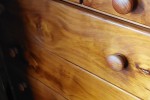
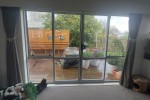

Wherever you are
Moving services across New Zealand. All Covered. No Hassle.
- Auckland
- North Shore
- Wellington
- Christchurch
- Hamilton
- Tauranga
- Palmerston North
- Nelson
- Whangarei
- New Plymouth
- Queenstown
- Dunedin
- Invercargill
- Rotorua
- Napier-Hastings
- Kapiti
- Whanganui
- Gisborne
- Blenheim
- Pukekohe
- Timaru
- Taupō
- Masterton
- Levin
- Ashburton
- Whakatāne
- Rangiora
- Feilding
- Rolleston
- Tokoroa
- Oamaru
- Hāwera
- Gore
- Waiuku
- Waiheke Island
- Greymouth
- Wanaka
- Motueka
- Te Puke
- Huntly
- Matamata
- Morrinsville
- Kerikeri
- Thames
- Kawerau
- Waitara
- Ōtaki
- Lincoln
- Kaitaia
- Stratford
- Alexandra
- Dannevirke
- Carterton
- Dargaville
- Cromwell
- Waihi
- Whitianga
- Snells Beach
- Marton
- Warkworth
- Foxton
- Taumarunui
- Katikati
For every (wise)move



